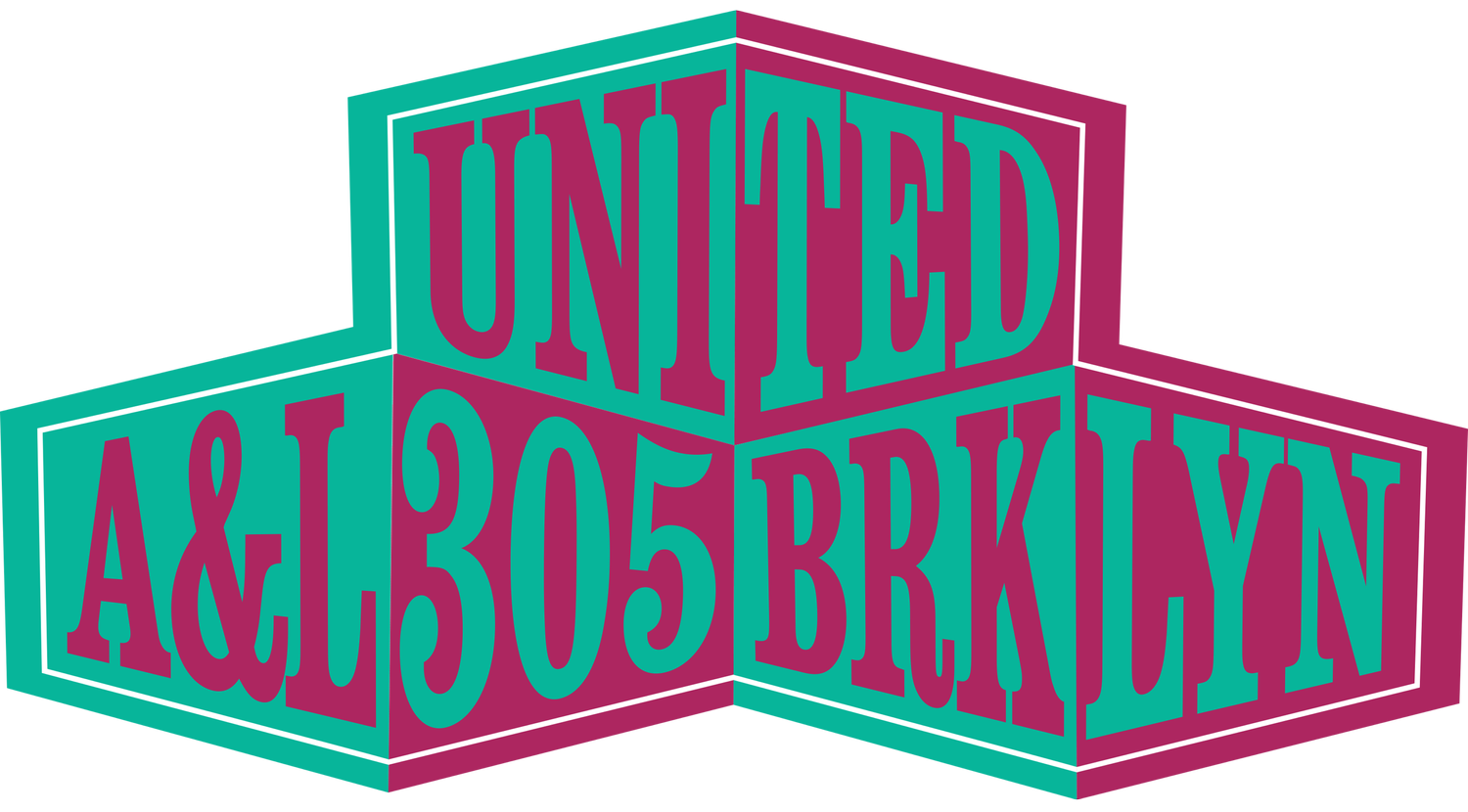
Restorative Approach
Our Student Support Team; composed of our school’s counselors, social worker, deans, and administrators; uses a restorative approach to address conflict. Watch our video with United’s Dean & Restorative Justice Coordinator.
Restorative Justice (RJ) is a community-driven, evidence-based practice to process and address behaviors that are misaligned with our community practices. RJ focuses on righting a wrong committed in the community and repairing any harm done. The goal is to place value on relationships and focus on repairing relationships that have been impacted, helping students foster intrinsic motivation to engage in more thoughtful responses moving forward.
-
A restorative approach towards behaviors that are misaligned with our community practices includes a trauma-informed process towards repair and healing. Working with students in this way allows others to see the dimensions of where behaviors are coming from and respond thoughtfully to every student and their individual needs. Decolonizing the communicative expectations of students helps educators engage in culturally-specific, strengths-based discourse. Our mission is to find alternative methods of seeing children in an altruistic sense and to attain the help all students need to adapt and thrive within their learning environment. Restorative practices empower students to authentically reflect on their experiences, and support their learning and growth from incidents that occur within the community.
-
Restorative Justice (RJ) is a community-driven, evidence-based practice to process and address behaviors that are misaligned with our community practices. RJ focuses on righting a wrong committed in the community and repairing any harm done. The goal is to place value on relationships and focus on repairing relationships that have been impacted, helping students foster intrinsic motivation to engage in more thoughtful responses moving forward. The victim and the wrongdoer have the opportunity to share with one another how they were harmed, as victims, or how they will work to resolve the harm caused, as wrongdoers. Specifically, this includes students working to resolve conflicts on their own and in small peer-mediated groups. Research suggests that RJ practice effectively reduces suspensions, expulsions, and disciplinary referrals.
-
RJ practices include both preventative and responsive approaches employed by teachers and members of our Student Support Team (i.e. deans and counselors). Examples of restorative practices we currently employ within our school community include:
Peer Mediation & Restorative Circles | The goal of peer mediation and restorative circles is to repair harm when it occurs in the community and work towards restoring positive relationships. As part of this process, we invite students to engage in discourse and discussion around “impact vs. intent”. This includes empowering students to recognize the impact their actions have had on members of their community regardless of their intention, and empowers them to learn how to repair relationships, when necessary.
Implementing Meaningful and Logical Consequences | The goal of logical consequences is to help students develop internal understanding, self-control, and a desire to follow the rules. Logical consequences help students look more closely at their behaviors and consider the results of their choices. Unlike punishment, which may rely on shame or exclusion, the intention of logical consequences is to help children develop internal controls and to learn from their mistakes in a supportive atmosphere while developing empathy. A logical consequence is directly related to the student’s behavior, and the relationship is made clear to the student.
Social Emotional Learning (SEL) | SEL is incorporated into weekly schedules for both elementary and middle grades. Grades K-5 employ the Fly Five Social and Emotional Curriculum while grades 6-8 employ Morningside Curriculum during socioemotional learning/advisory, which is largely centered around community and relationship building. Learn more: www.flyfivesel.org www.morningsidecenter.org
-
Students involved are always invited to identify norms for peer mediation and restorative circles; however, norms that are always established by facilitators include:
Respect the talking piece: everyone listens, everyone has a voice.
Speak from the heart.
Listen from the heart (let go of judgment).
Trust that you will know what to say.
Say just enough.
-
Community service during preferred periods (i.e. recess, choice time, etc.) | Allows for individuals to restore a harm they may have committed to the school community by providing a meaningful service that contributes to their individual improvement.
Conflict resolution coaching and/or counseling support during preferred periods (i.e. recess, choice time, etc.) | Allows for students struggling in these areas to develop socialization skills, impulse control strategies and adaptive coping strategies.
Written assignment reflecting on behavior, or describing the incident from the other student’s perspective, completed during preferred periods (i.e. recess, choice time, etc.) | Allows for development of empathy for others and increases social awareness.
Written research assignment expanding learning on related topics (i.e. use of profanity would include researching language history and its power) during preferred periods (i.e. recess, choice time, etc.) | Allows for developing understanding of impact of behavior and fosters intrinsic motivation to engage in more adaptive behaviors next time.
